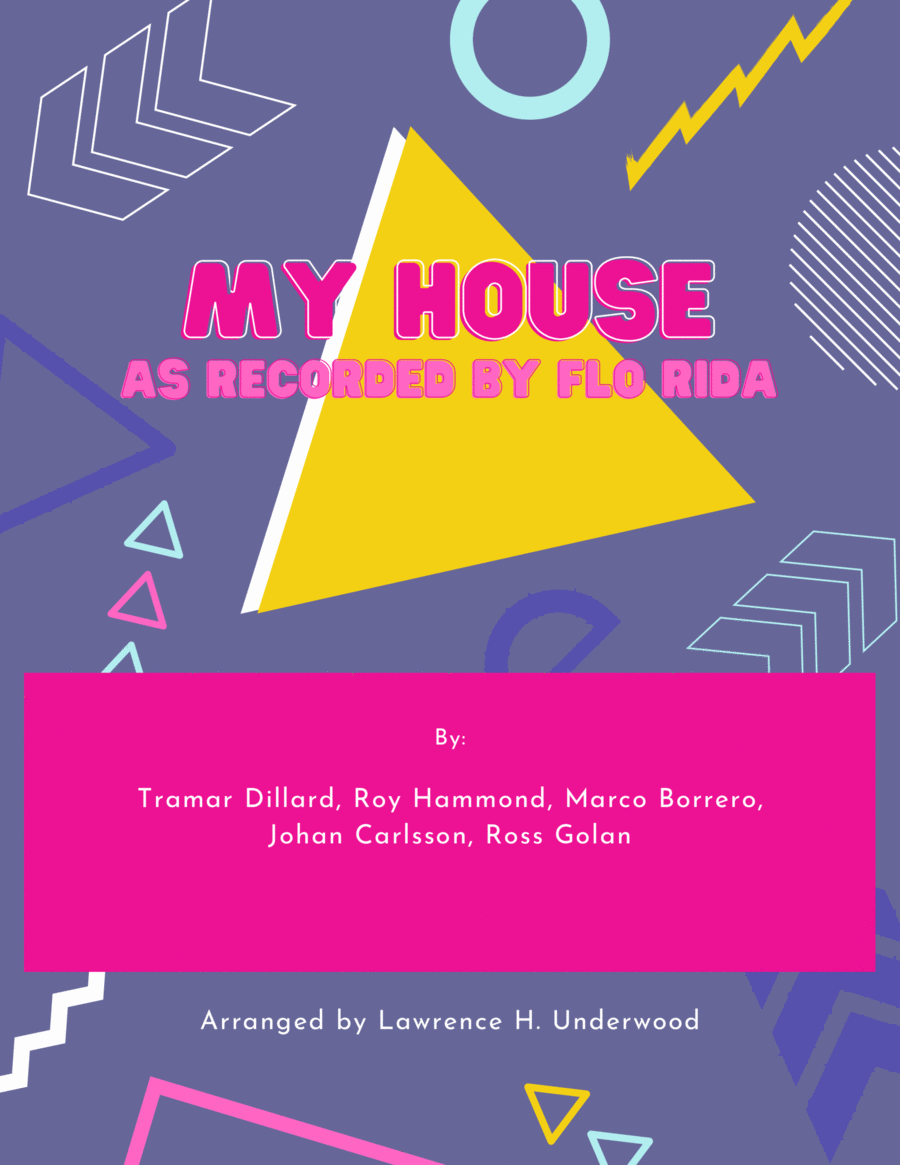Piano,Viola - Level 3 - Digital Download SKU: A0.1091735 By Flo Rida. By Johan Carlsson, Marco Borrero, Ross Golan, Roy Hammond, and Tramar Dillard. Arranged by Lawrence H Underwood. Hip-Hop,Pop,R & B. Score and part. 7 pages. Lawrence H Underwood #695890. Published by Lawrence H Underwood (A0.1091735). This hit anthem from Flo Rida is now available to perform as an instrumental solo with piano accompaniment! This arrangement from veteran performer and music educator Lawrence Underwood is available in versions for solo flute, oboe, bassoon, clarinet, bass clarinet, alto sax, tenor sax, bari sax, horn in F, trumpet, trombone, baritone/euphonium, tuba, mallet percussion, violin, viola, cello, or double bass (with piano accompaniment). Be sure to check out the other titles in this series!
